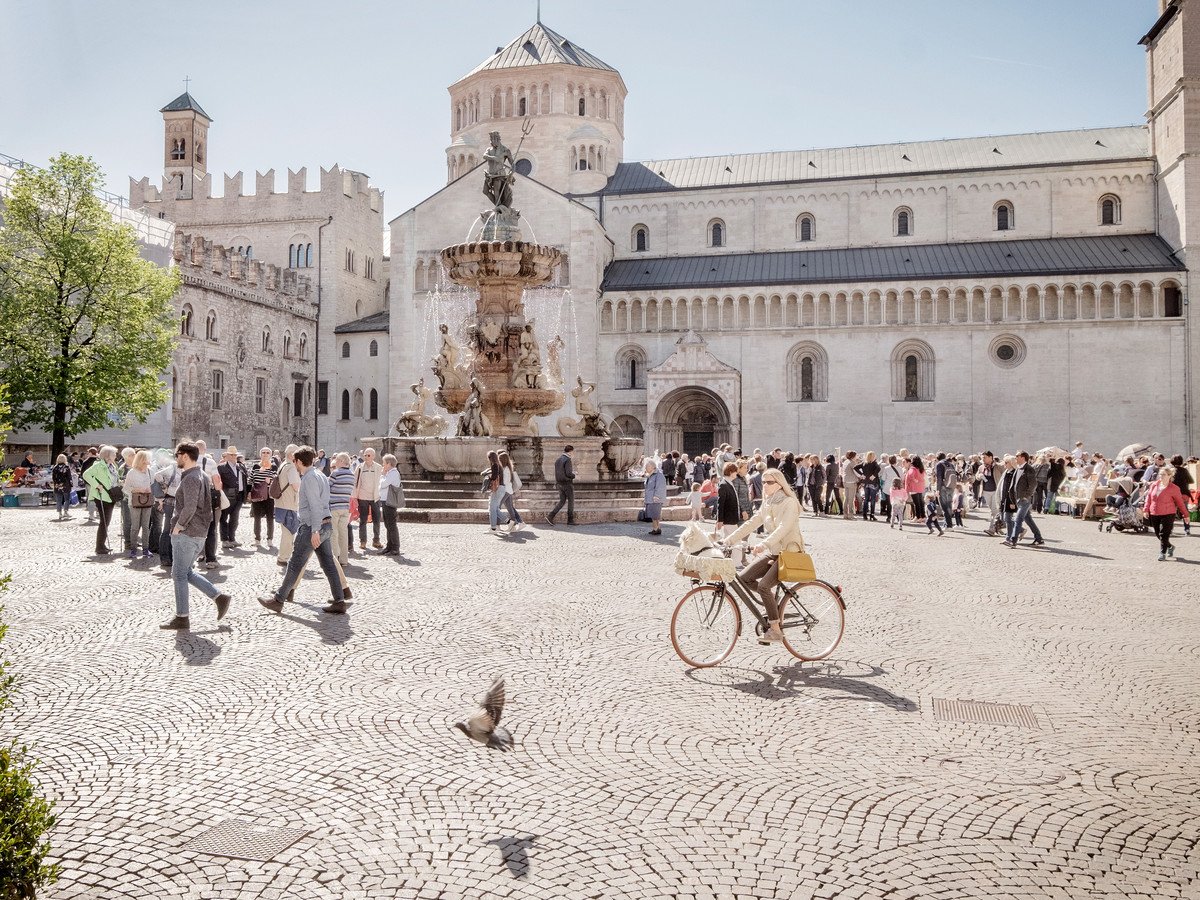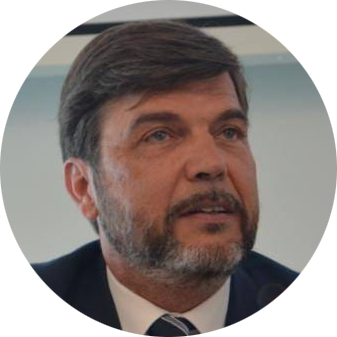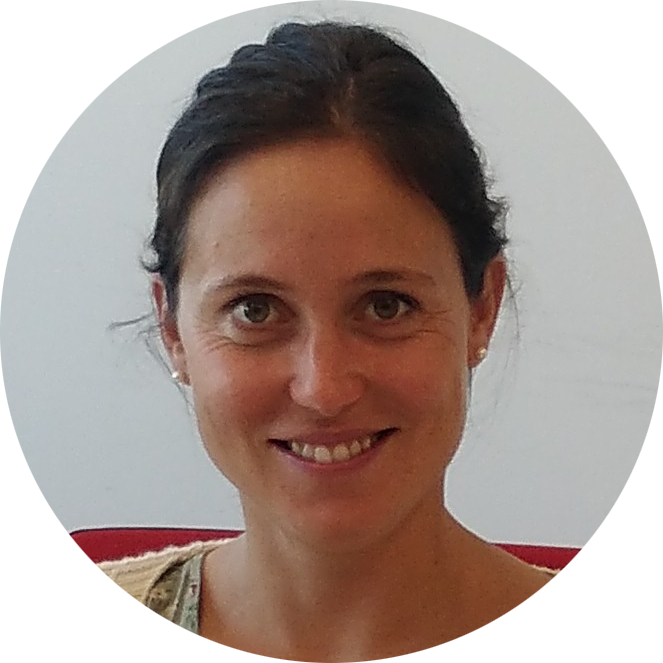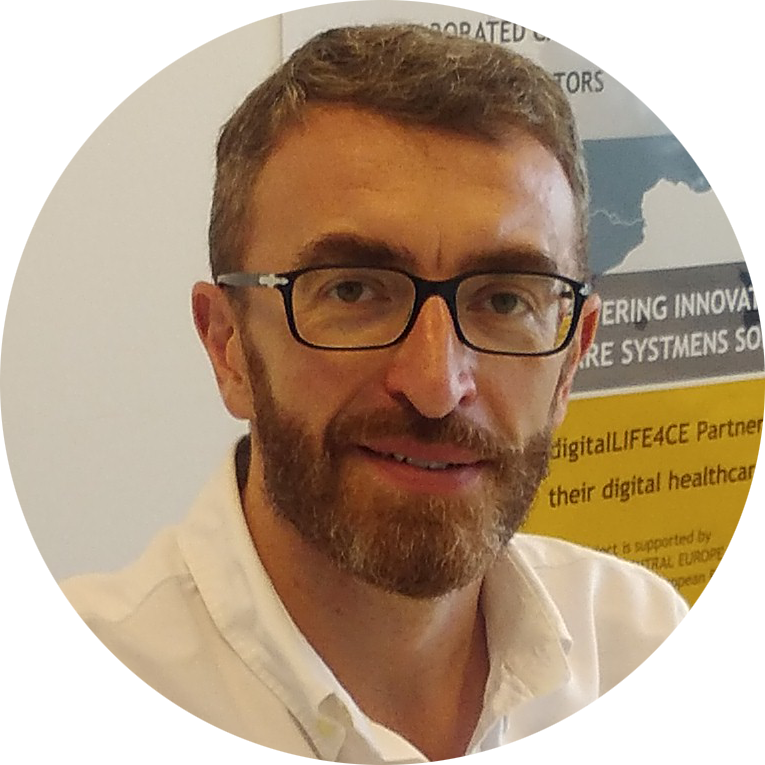
Here are the instructions how to enable JavaScript in your web browser
Trentino – Alto Adige/Südtirol is located in Northeast Italy; it consists of two autonomous provinces: Bolzano to the north and Trento to the south. The Autonomous Province of Trento (generally known as Trentino) is a small and almost entirely mountainous Italian province (6,200 km2), with about 540.000 inhabitants and has two main cities, namely Trento (~120.000 inh.) and Rovereto (~40.000 inh.) and 174 small and very small municipalities. The special Statute of Autonomy grants the Province direct legislative, administrative and financial jurisdiction in fundamental areas, among which health and welfare.
The local healthcare service is committed to develop innovative solutions to support advanced models of service management in social and health care provided to the citizens in an integrated manner by multiple agencies and organizations, both public and private. These solutions respond to principles like usability and transparency, addressing issues of assistance, care, promoting well-being and social inclusion. The mission that the provincial health service wants to tackle is the development of an overarching scheme of assistance in which smart hospitals, integrated and inclusive care will be considered as the driving concepts of the innovation in healthcare sector.
In our approach healthy persons became an integral part of the system such that preventive measures can be taken before the need for hospitalisation arises. In the framework of the activities carried on by TS4.0, the citizen’s medical record “TreC” is in active use by more than 100.000 citizen over a whole population of about 540.000 inhabitants.
Integration of care delivery in Trentino rides on a citizen/patient – centered approach in which the accessibility in terms of ease of use and overall smooth access to digital health services is done following usability standards for a better linkage between citizens and Institutions (like the Autonomous Province of Trento in the role of decision maker, the Healthcare Trust in the role of provider of service). On this regard, in Trentino even if there is already a coordination effort between health and social care at a policy level, it is envisioned the creation of ad-hoc digital tools for implementing coordination in a smoother way (through the Provincial Research Institute – Fondazione Bruno Kessler).
Full integration of the potential health and social services to be supported by digital tools may create its foundations from an extended version of TreC platform for incorporating social services to the healthcare ones in a digital modality. In fact in Trentino there is a systematic approach on rendering digital tools to be delivered in standard forms that the citizens/patients are familiar with (such as mobile apps) in which citizenship can access their various healthcare services (e.g. access to referrals, medical recipes’, prescriptions, etc.) that are interconnected through fully integrated tools (e.g. TreC ecosystem).
Elena Mengon: elena.mengon(at)provincia.tn(dot)it
Olivia Balagna: olivia.balagna(at)provincia.tn(dot)it

vigour(at)empirica(dot)com
 |
 |
 |
 |
| Diego Conforti | Elena Mengon | Riccardo Farina | Olivia Balagna |